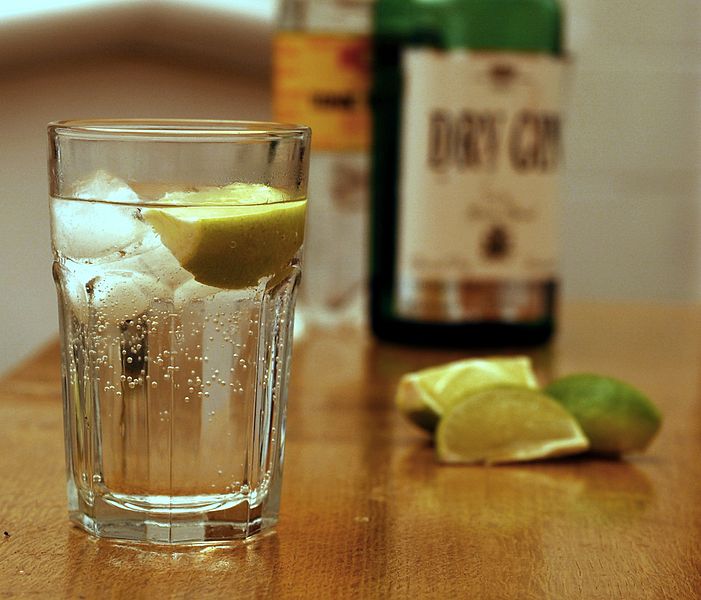A Stroke of Gin-ius?
Of all the trends that have suddenly – and unexpectedly – swept across Britain in the last few years, the resurgence of gin as the sophisticated drink of choice has been one of the most surprising. Last year, the total amount spent on gin in pubs and off licences hit an eye-watering £1billion with the exports rising to around £500million. It seems that every large town has suddenly become home to a number of artisanal gin distilleries, experimenting with different types of gin, flavourings and botanicals.
This set us thinking; what was happening behind the scenes to allow this sudden boom in gin crafting? Surely there weren’t hundreds of unused gin stills gathering dust that have been put back into service again – but similarly, the oldest method of gin-making uses copper equipment, which is both expensive and a touch tricky to use in making a distilling operation large enough to satisfy the current thirst for posh bottles of Mother’s Ruin.
You’ve probably already guessed that the answer comes in the form of steel, in this case stainless steel! The use of stainless steel in distilling has been ongoing for many, many years and is widespread in spirit makers of all sizes. There are a number of traditionalists who prefer to use copper equipment, while stainless steel has a distinctly modern feel and approach. The truth is that there are pros and cons to using either method.
Copper equipment conducts heat more readily than stainless steel, which is very desirable when attempting to heat large quantities of any water-based liquid, as water has a high specific heat capacity that makes it quite energy intensive. The principle trade-off with using copper equipment, however, is that the expense of copper is far greater than that of stainless steel.
The benefits of steel go much farther than being cost effective; using stainless steel means that your equipment is much more durable and hardier. We’ve also known about the sanitary benefits of stainless steel compared with other materials for a long time, hence stainless steel’s use in everything from surgical equipment to cutlery. Stainless steel is certainly easier to clean and maintain when it comes to anything regarding food and drink, meaning that it’s potentially more sanitary.
One often given benefit of copper still is that the copper reacts with undesirable or unwanted sulphur compounds in the mix; a copper-rich environment reacts with the sulphur mix simply by contact, giving a cleaner taste to the final spirit. The modern approach to this problem has been to create a ‘hybrid’ system, whereby a tough stainless steel still contains a removable copper mesh to solve the problem and without having to worry about increasing the difficulty of cleaning a full copper still.

